The lion is an apex predator known for its ferocity and hunting prowess. They’re clearly carnivores, but other problems remain. How much do lions eat, what are their favorite prey, and what is their hunting success rate? In the following articles, we’ll answer questions like “what do lions eat” and more!
How do lions hunt and how often do they succeed?
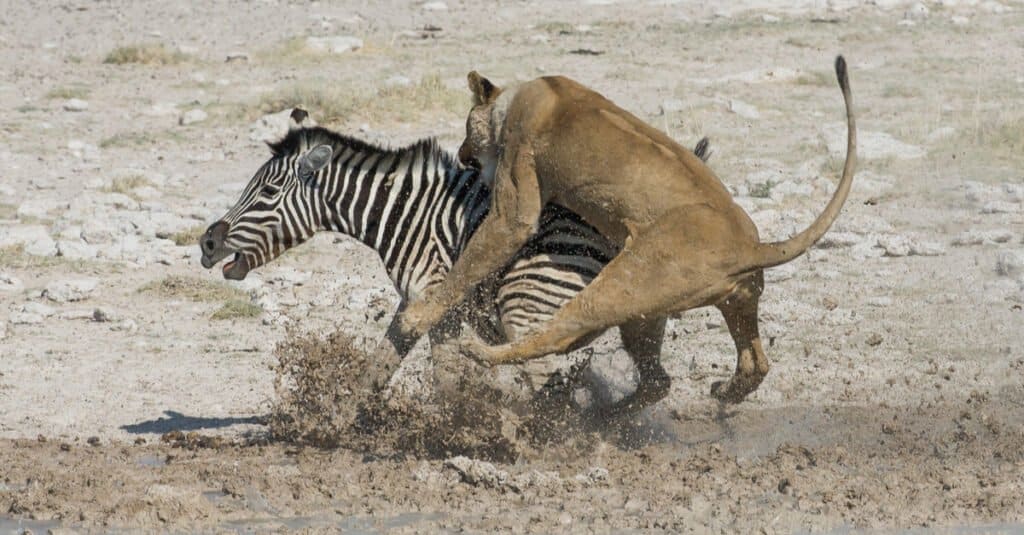
Lions hunt in packs of up to 12 females, their cubs and no more than 3 males.Although males are larger, females are significantly hurry up. For this reason, hunts in the open savannah are mainly led by lionesses. When male lions hunt without a pride, they prefer denser habitats to open spaces where they can surprise their prey.
Lions’ group structure makes them more successful predators. In a study of 1,300 lion hunts, researchers found that lions were only 17% to 19% successful when hunting alone. However, the success rate for hunting lions in groups jumped to 30%!
How does it compare to other big cats?
Well, that success rate far exceeds that of a tiger, which seems to be more unlucky, with a 5 -10% chance of hitting its prey.
(Unless, you happen to be talking about the Far Eastern tiger, which seems to be much luckier, with a 54 percent success rate when hunting wild boar.)
Solitary leopards were more efficient, especially in this case, with female leopards achieving an average success rate of 28 percent.
Solitary males appeared to be less adept at hunting than females, with only a 14 percent chance of catching deer or zebra for dinner.
In this case, the prize for the most successful hunter is the cheetah, the fastest cat on Earth.
This spotted hunter of the plains guarantees a 58% chance of killing an impala or wildebeest, surpassing even the very successful Amur tiger, a pride that hunts together, and females with cubs that need protein-rich food leopard.
How Much Do Lions Eat?
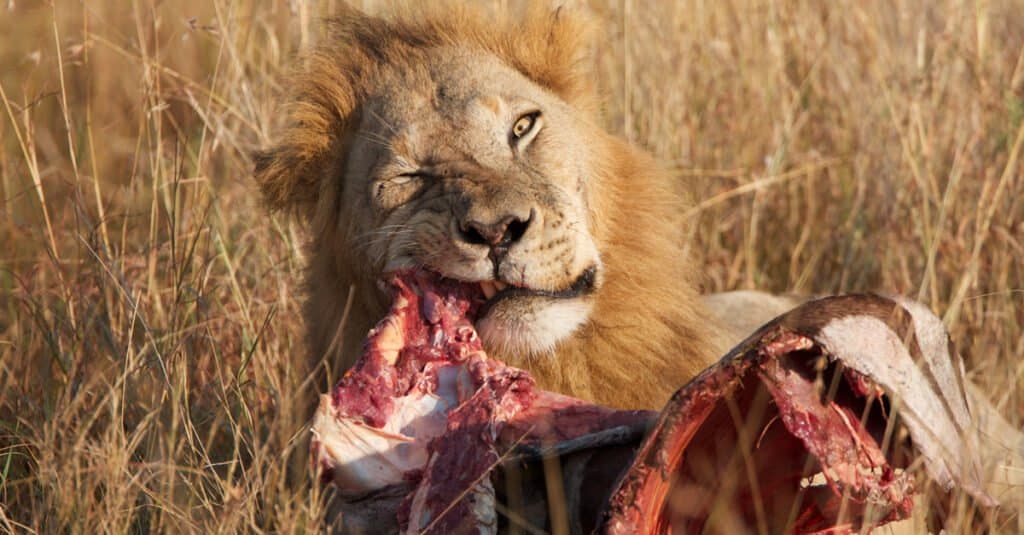
On average, a person eats three to four pounds of food per day. If you’re a 200 lb male, that means you eat about 2% of your body weight (Might end up feeling very full!).
lions can eat a lot of People who sit more than once. Because lions typically go several days between successful hunts, they can eat up to 70 pounds (32 kilograms) at a time! Prey such as African buffalo can weigh up to 2,000 pounds, meaning lions, too, can wolf down large amounts of prey and feed lion prides without leaving too much left over for other scavengers such as hyenas and vultures.
What do lions eat?
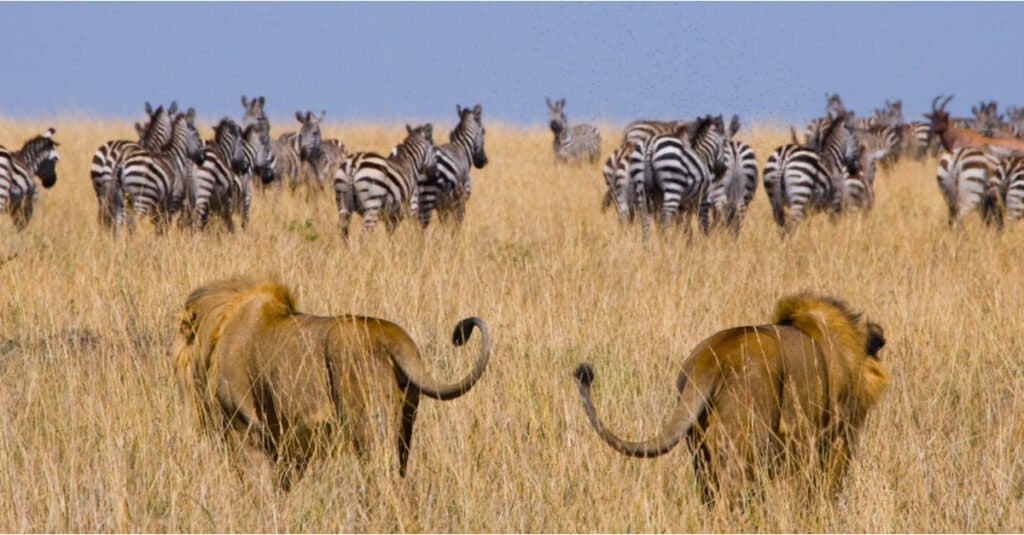
Animals eaten by African lions include warthogs, Gran’s gazelles, wildebeests and zebras.
One of the most comprehensive studies on what lions eat is published in behavioral biology 1993. The study, conducted in Tanzania’s Serengeti National Park, looked at the diet of lions. Specifically, it looked at what animals they ate too quickly. The study isolated four animals as primary lion prey:
- warthog
- granny’s gazelle
- wildebeest
- zebra
Second, the authors of the study analyzed Why Lions prefer this prey. They found that lions preferred the following prey:
- in small game packs
- Within 200 meters
- in the fauna listed above
A similar study was conducted to study Asian lion populations and their diets.The study was published in Journal of Zoology 2011, and observed for 5 years. Of the 258 killings, the researchers found:
- 53% are livestock, 47% are wild
- 31% are cattle
- 28% Equator
- 16% Buffalo
- 6% wild boar
- 3% Nilgay
- 3% goat
- 2% camel
Notably, Asiatic lions live in a small area around the Jill National Forest. Due to India’s large population density and limited range of activities, their predation rate on livestock is significantly higher than that of lions in Africa.
In addition to these lists, lions will eat anything They can catch. They prefer larger prey and they will hunt deer, antelope, and giraffe in addition to those listed above. While lions will hunt giraffes, they do have a size limit! Once past puberty, lions typically stay away from the largest mammals such as elephants and rhinos.
Do lions eat other carnivores like hyenas and leopards?
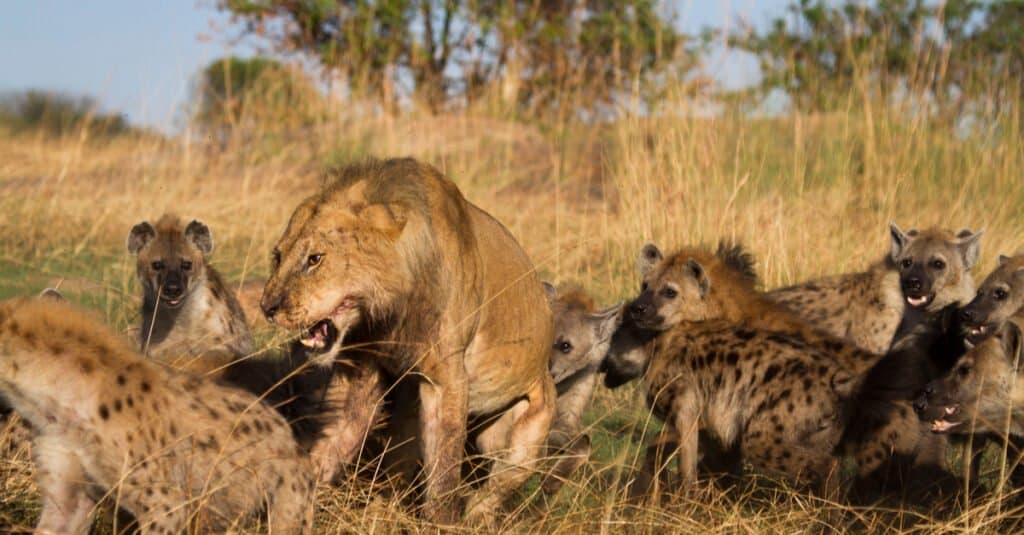
Hyenas are one of the few animals that will try to eat a lion.although the lion is not Common Prey to hyenas, if a group finds an elderly male lion alone, they will try to overwhelm it by sheer numbers.
The question is, do lions actively hunt other large predators within their range, such as hyenas, cheetahs, and leopards?lion club will Attacks and kills hostile predators, but they usually leave their carcasses to scavengers. It’s nice to be at the top of the food chain!
What Lions Eat: A List of 15 Top Prey
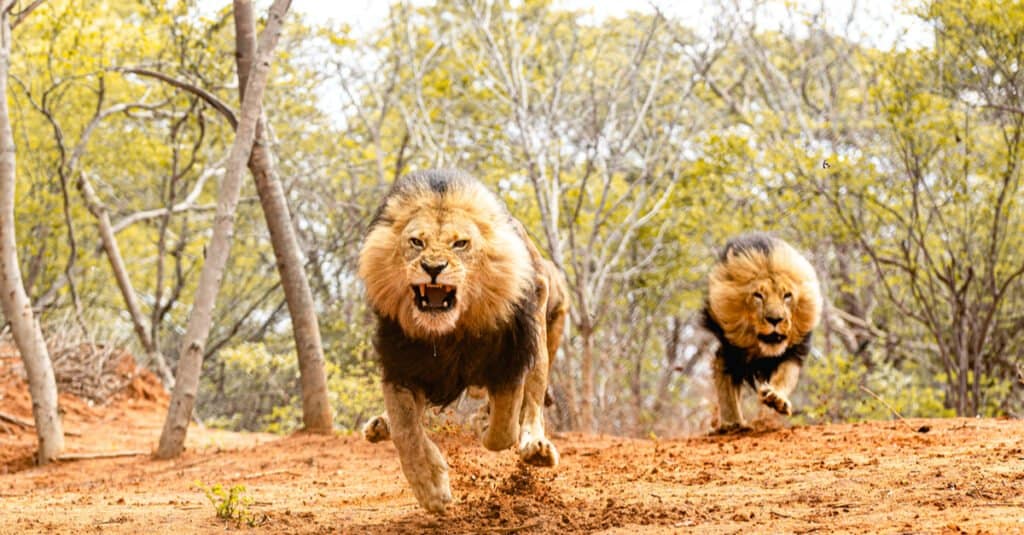
Lions mainly eat the following animals:
- warthog
- granny’s gazelle
- wildebeest
- zebra
- ox
- Chitar
- buffalo
- wild boar
- Neil Guy
- goat
- camel
- deer
- antelope
- giraffe
- baboon
- hippopotamus (juvenile)
What do lions eat at the zoo?
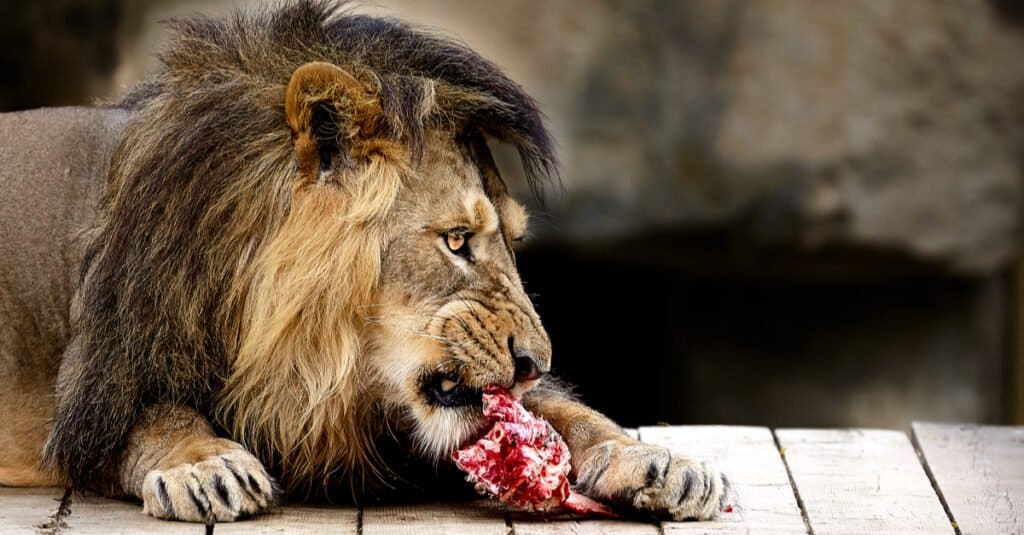
Lions in zoos obviously don’t feed like zebras and wildebeest in the wild. Instead, lions in zoos eat mostly horse and beef products, but can be fed a variety of meats. Specialty companies like Nebraska Brands sell bone and horsemeat products, which are prepared for large carnivores like lions.

I am broadly interested in how human activities influence the ability of wildlife to persist in the modified environments that we create.
Specifically, my research investigates how the configuration and composition of landscapes influence the movement and population dynamics of forest birds. Both natural and human-derived fragmenting of habitat can influence where birds settle, how they access the resources they need to survive and reproduce, and these factors in turn affect population demographics. Most recently, I have been studying the ability of individuals to move through and utilize forested areas which have been modified through timber harvest as they seek out resources for the breeding and postfledging phases. As well I am working in collaboration with Parks Canada scientists to examine in the influence of high density moose populations on forest bird communities in Gros Morne National Park. Many of my projects are conducted in collaboration or consultation with representatives of industry and government agencies, seeking to improve the management and sustainability of natural resource extraction.











